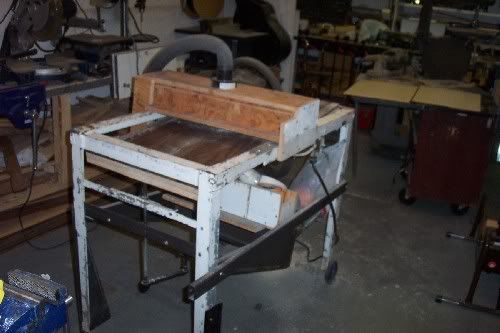Yeah, we had temps in the teens all this past weekend here to, 113 on Saturday, 115 on Sunday....at least thats what it was in the shed.

Robert,
I think you will find that even with well quartered wood, because of the thin dimensions used in this craft it is still very reactive to the changes in RH even once seasoned.
By stickering, and keeping the plates flat, you are allowing equal exposure to both surfaces of the wood to the varying degrees in temp and humidity. This aids in stabilising the plates to that form and this is a good thing.
There are many however, who once they are happy that the wood is completely seasoned an acclimatised to their workshop, will simply stack all of their sets flat with no stickers at all. I am sure that their guitars sound just as wonderful as everyone else's.
Cheers
Kim





